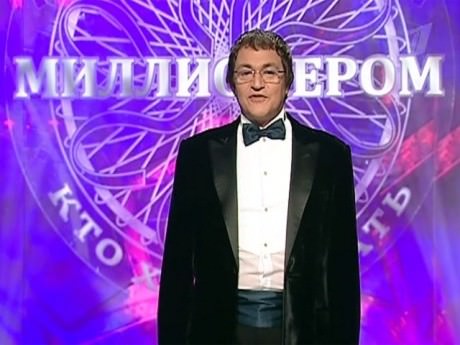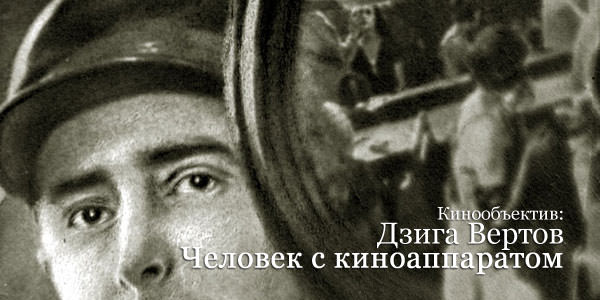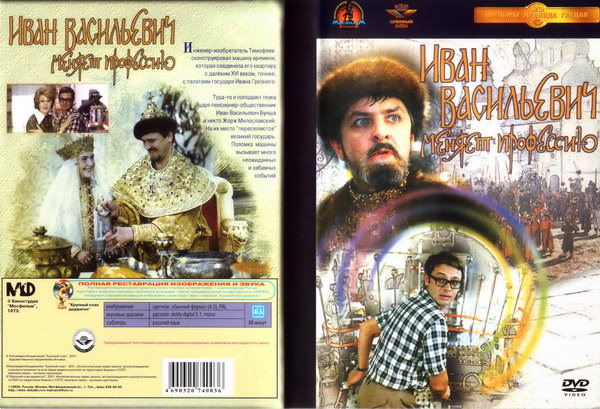Unit 5 “TV or not TV?”
Lesson 1 “What’s on the box?”
Цели урока: актуализация лексических навыков (лексика по теме «Телевидение»), совершенствование навыков монологической речи, актуализация грамматических навыков (придаточные определительные предложения).
Оборудование: компьютер, проектор.
Ход урока
I Организационный момент
— Good morning, boys and girls!
— I’m glad to see you.
— How are you today?
— Please, answer my questions.
II Речевая разминка.
What sources of information do you know?
How do you think internet is reliable source of information?
Do you like to watch TV?
What kinds of TV programmes do you like?
III Актуализация лексических навыков.
— Now look at the blackboard. Read the topic of our lesson “What’s on the box?” Let’s translate it. O’K today we’ll speak about TV. First of all we should translate some words on the topic “TV”. I’m sure you know these words.
soap opera
cartoon
movie/film
the news
documentary
wildlife programme
show
game show/quiz show
series
phone in
sitcom
music show
IV Тренировка лексических навыков.
— Now let’s do the exercise. Match the types of TV programmes with the pictures.












Open your books at page 70, let’s do exercise 2b. Read the task, please. You should match the types of TV programmes with the programmes from the TV guide.
The National Lottery Stars
Residents
Cinderella
Food and Drinks
Politics Isn’t Working: More Unequal Than Ever
Greed
Mountain Men
It Could Happen To You
V Активизация грамматических навыков.
Придаточные определительные предложения – служат определением по отношению к существительному главного предложения и вводятся с помощью союзных слов.
Who/whom – который
That – который
Whose – чей
When – когда
Where – где
Which – который
Who, whom – относятся к одушевленным предметам.
Which – относится к неодушевленным предметам.
That, whose – относятся как к одушевленным, так и к неодушевленным предметам.
Союзное слово that никогда не употребляется в описательных придаточных определительных предложениях.
Придаточные определительные предложения


Лимитирующие Описательные
описывают признаки, содержат дополнительную
присущие только данному информацию об описываемом
лицу или предмету. предмете или лице. Без такой
информации можно обойтись.
В лимитирующих предложениях В описательных предложения
запятая не ставится. ставится запятая.
Example:
The film which I saw yesterday was interesting. (лимитирующее)
She told me about Nick, whom she liked a lot. (описательное)
VI Тренировка грамматических навыков.
Call the type of relative clause and put the commas if it is necessary. Translate into Russian.
(Определите тип придаточного предложения и поставьте запятые, там где это требуется.)
Then people who belong to a counter-terrorism group take her away and make her work for them. (лимитирующее)
A person who says this show has poor acting or poor character and plot development is most likely disappointed by any TV series and not being fair to the genre. (лимитирующее)
The girl they are talking about is Mark’s sister. (лимитирующее)
In the room I spotted a boy whose father helped me last year. (описательное, запятая)
I’m going to the town where I spent the best year of my life. (описательное)
The building that was next to the school fell down. (лимитирующее)
The present that he brought was the best. (лимитирующее)
His brother whom I have known for many years phoned me yesterday. (лимитирующее)
Fill in the gaps. Use where, who, which, whose, that, when. Put commas where necessary.
Most of the people … come to this theatre are from England. (that, who)
My brother … picture you have seen in the room is a very nice guy. (whose)
His father … was very rich sent him to Eton. (who, comma)
Kate and John never forgot the place … they met. (where)
I don’t read books … have a happy ending. (which)
It was a time … men went to war and women waited for them. (when)
Подведение итогов урока. Домашнее задание : выучить правило о придаточных предложениях, стр. 71 упр. 3В перевод, стр.72 упр. 4В соотнести фразы данные жирным шрифтом с их описанием и перевести на русский язык.
Использованные источники
Учебник «New Millennium English 11»/ Английский язык нового тысячелетия для 11 класса общеобразовательных учреждений, О.Л. Гроза, О.Б. Дворецкая и др.,- Обнинск: Титул, 2008г.,
Учебник “Happy English.ru” для 8 класса под редакцией К.И.Кауфман, М.Ю. Кауфман. Обнинск, «Титул»,2006 ,стр.37-38
http://www.torrentshunt.ru/torrent376451_dostoyanie_respubliki.aleksandra_pahmutova_2011_pop_dvb
http://kino—v—online.ru/1909-obruchalnoe—kolco—serial—online.html
